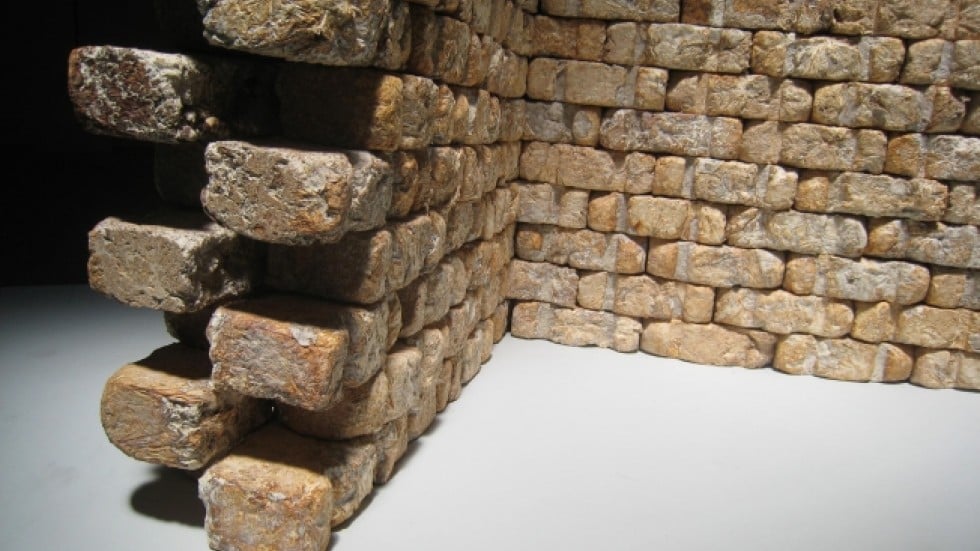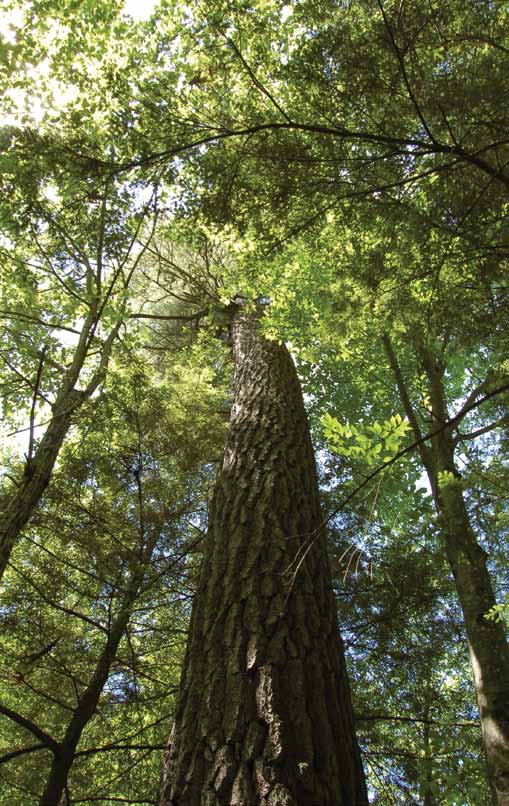There are a lot of other groups working on California forest issues like we are. Here's a growing list:
- Alpine Biomass Committee. Unifying partners to promote forest and watershed health, and local economic development.
- Forest Service Employees for Environmental Ethics. Our mission is to protect national forests and to reform the U.S. Forest Service by advocating environmental ethics, educating citizens, and defending whistleblowers.
- North American Forest Partnership. We are a diverse community of forest stewards responsible for shaping the future of North America’s forests. We value the renewable products and benefits they provide us and are committed to making choices that keep forests as forests.
- Sierra Institute for Community and Environment. Promoting healthy and sustainable forests and watersheds by investing in the well-being of rural communities and strengthening their participation in natural resource decision-making and programs (includes the Sierra to California All Lands Enhancement (SCALE)).




